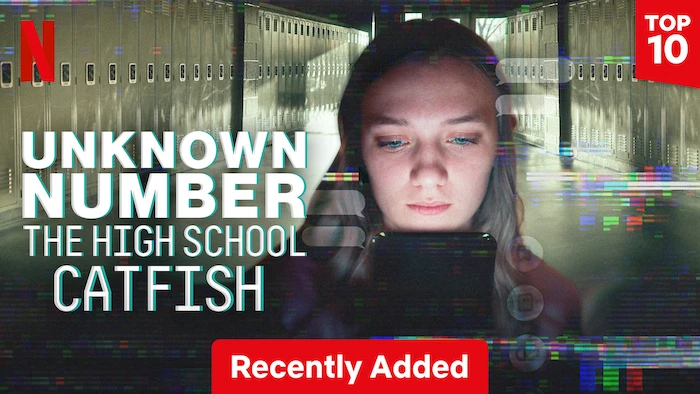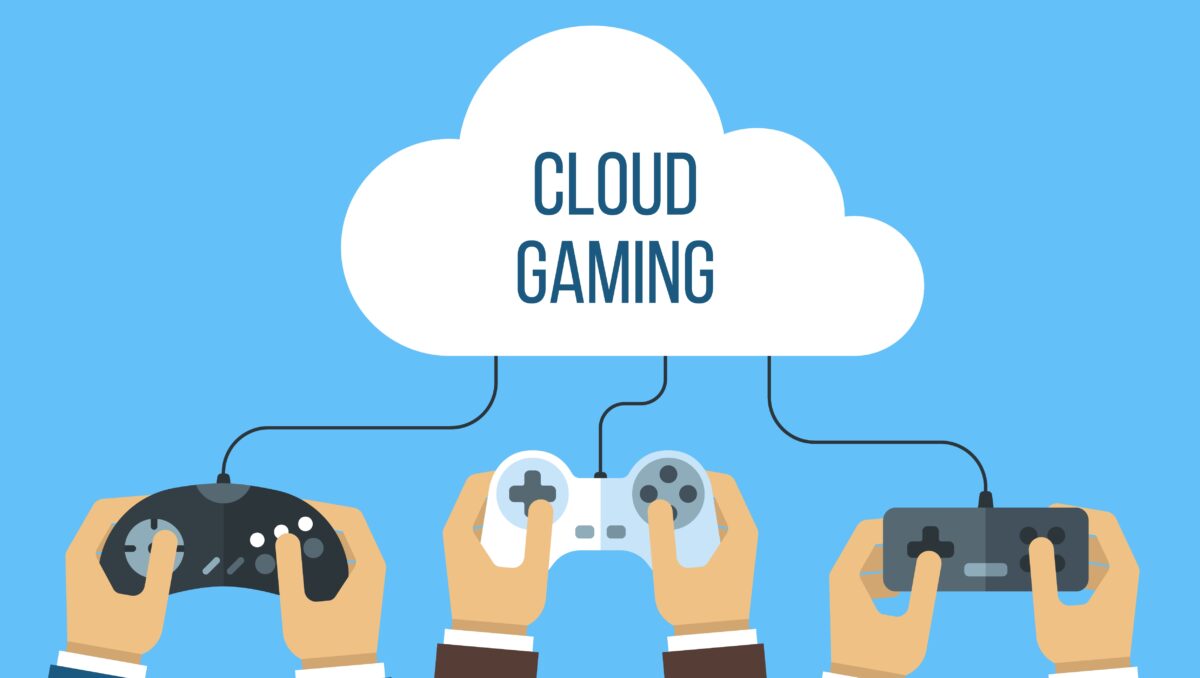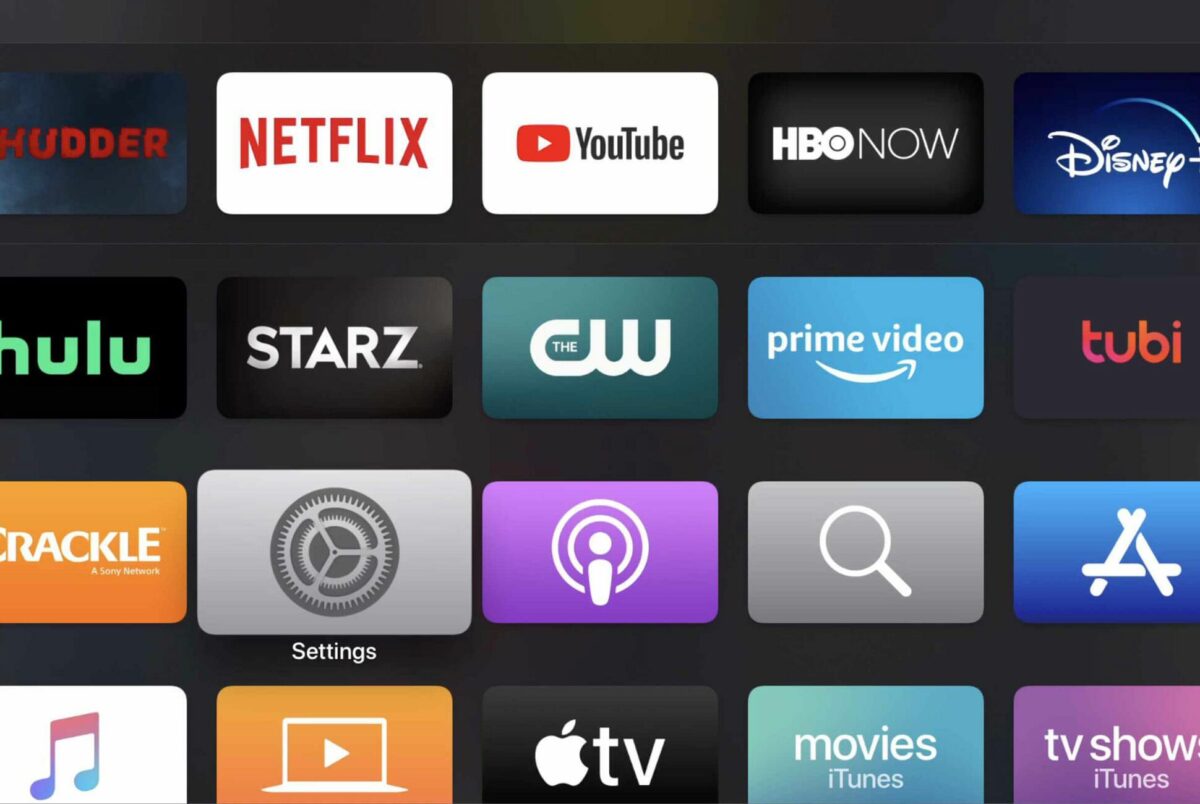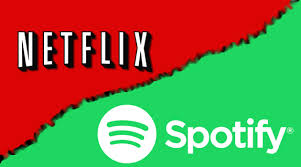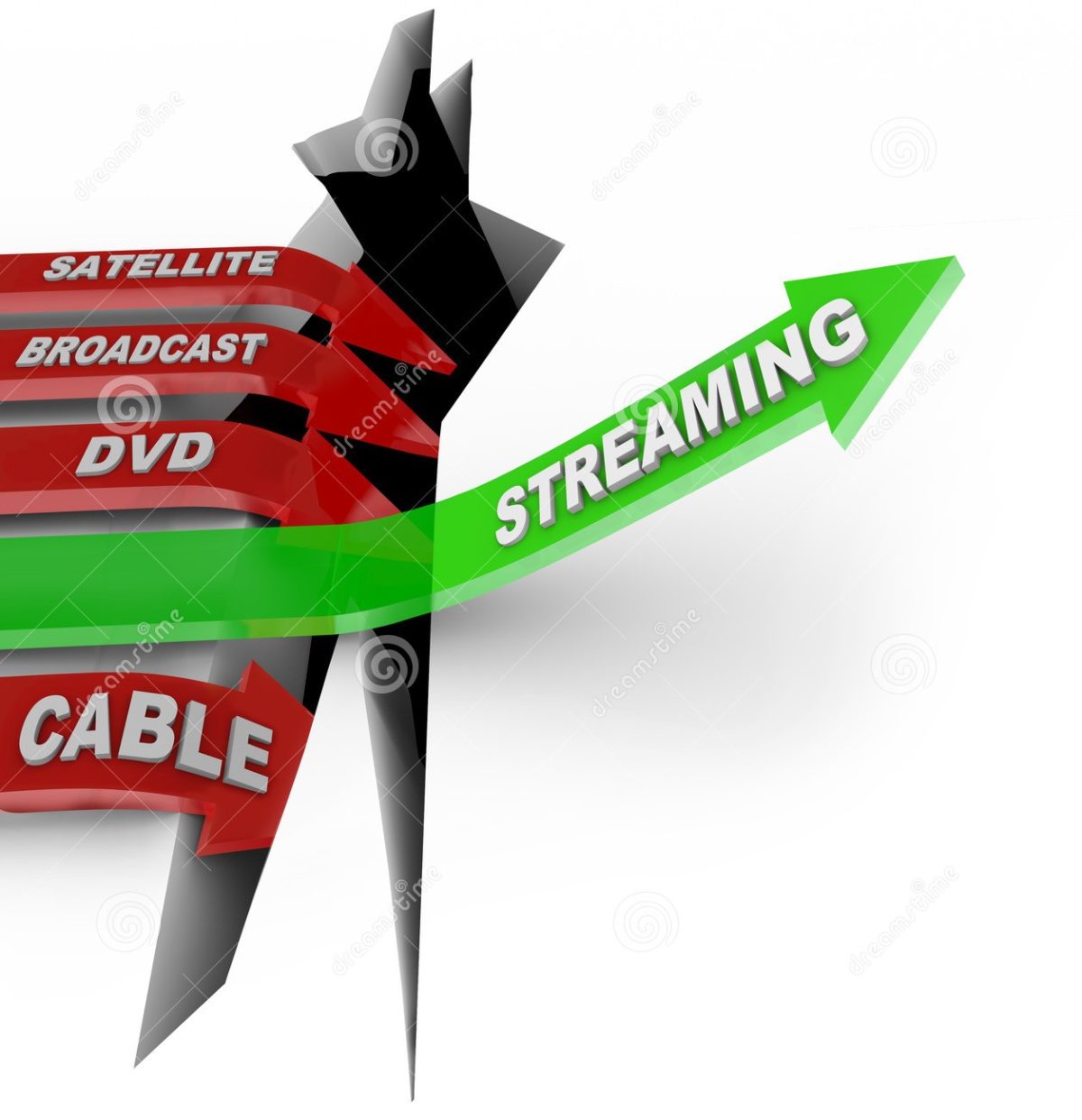5/5 (2) Over the past decade streaming services have gained a large amount of traction, mostly in the music- and movie industry. Companies like Netflix and Spotify are at the forefront of these markets, with userbases of around 193 million and 138 million respectively (Watson, 2020) (Schneider, 2020). The ease-of-use, as well as the attractive pricing for avid music listeners or movie watchers these platforms provide have allowed them to revolutionize the markets in which they operate. An industry that so-far has not been overtaken by the streaming technology, is the video games industry. However, this might very well change in the near future with the introduction of cloud-based gaming.
The concept of cloud gaming is rather simple. Normally, video games are installed by users directly on their system of choice, after which they can be played. This requires users to buy either a video game console (e.g. Playstation 4 or Xbox One) or to have a computer capable of running the game they want to play. Cloud gaming, however, allows users to run video games remotely, so that they do not need high-end hardware to run their games. The games the user plays is run on a remote server, after which the gameplay itself is streamed to the screen of the user (Roach, 2020). Another benefit that comes with cloud gaming is the fact that users will not have to update and/or download games before playing. Essentially, you could compare the service to an interactive Netflix stream, in which every action you perform (through either a controller or mouse/keyboard) is sent to a server, after which the stream is updated to show the video game you are playing (Roach, 2020).
Over the last year, a growing number of companies have entered the cloud gaming market. Google Stadia, Microsoft XCloud, Nvidia GeForce Now and most recently Amazon with its service Luna, have all entered the market in the past year (Peters, 2020). Thus, there are an abundance of options for users to choose from, depending on their gaming interests. Currently, the subscription basis of most cloud gaming platforms differ from services like Spotify and Netflix, as they do not necessarily offer a large catalogue of games for a fixed monthly fee. Google Stadia, for example, allows users to either use their platform for free, if they purchase games individually, or allows users to pay a monthly fee to get a select amount of games every month (Henderson, 2020). Playstation Now, on the other hand, does allow users to utilize a library of over 500 titles for a fixed monthly fee, but most are games from their older consoles (Pino & Leger, 2020).
Now you might be wondering why these technologies have not become the norm when it comes to playing videogames. This is not solely due to the fact that there is not yet a fixed-fee platform with a large array of games to choose from. The major problem which still inhibits the adoption of this technology is related to both internet speed and latency. Latency refers to the time it takes for a user to provide a command and the system to react to this command. While playing videogames, especially those that require the user to quickly react to their surroundings, low latency is highly important for the quality-of-service (Lampe et al., 2014). Thus, it is essential that users possess a high speed internet connection, so that latency between themselves and the server is limited. Also, while buffering of movies or songs is not ideal, it does not damage the consumer experience enormously. For videogames, however, even one second of buffering can mean the difference between life and death (digitally speaking, of course).
The aforementioned shortcomings, however, could very well be circumvented in the near future. Advances in wireless internet speed, with for example 5G, could open up the potential userbase for cloud gaming services dramatically (Arkenberg, 2020). Also, it is only a matter of time until current (or new) cloud gaming providers increase their available content and offer a large array of videogames for a low fee, similar to how Netflix and Spotify have over the past decade. Thus, the future of cloud gaming seems promising, and it could very well lead to a revolutionized video game industry.
References:
Arkenberg, C. (2020). Can 5G unleash next-generation digital experiences in the home?. Deloitte. Accessed September 24 on: https://www2.deloitte.com/us/en/insights/industry/technology/5g-cloud-gaming.html
Henderson, R. (2020). Google Stadia pricing, free trial, availability, games list, compatible devices and how it works. Pocket-lint. Accessed September 25 on:
https://www.pocket-lint.com/games/news/google/143589
Lampe, U., Wu, Q., Dargutev, S., Hans, R., Miede, A. and Steinmetz, R. (2014). Assessing Latency in Cloud Gaming. Cloud Computing and Services Science. Springer International Publishing, vol. CCNS, 453, ch.4, pp.52-68.
Peters, J. (2020). How Amazon’s Luna cloud gaming service compares to Stadia, xCloud, and GeForce Now. The Verge. Accessed September 23 on: https://www.theverge.com/2020/9/25/21454917
Pino, N. and Leger, H. S. (2020). Plastation Now review. Techradar. Accessed September 21 on: https://www.techradar.com/reviews/gaming/playstation-now-1213666/review
Roach, J. (2020). How Does Cloud Gaming Work? A Guide for 2020. Cloudwards. Accessed September 22 on: https://www.cloudwards.net/how-does-cloud-gaming-work/
Schneider, M. (2020). Spotify Posts 138 Million Paid Subscribers, Big Operating Loss in First Earning Entirely During Pandemic. Billboard. Accessed September 22 on: https://www.billboard.com/articles/business/9426290/spotify-earnings-2020-q2-subscribers-revenue-forecast-covid-19
Watson, A. (2020). Number of Netflix paying streaming subscribers worldwide from 3rd quarter 2011 to 2nd quarter 2020. Statista. Accessed September 24 on: https://www.statista.com/statistics/250934
